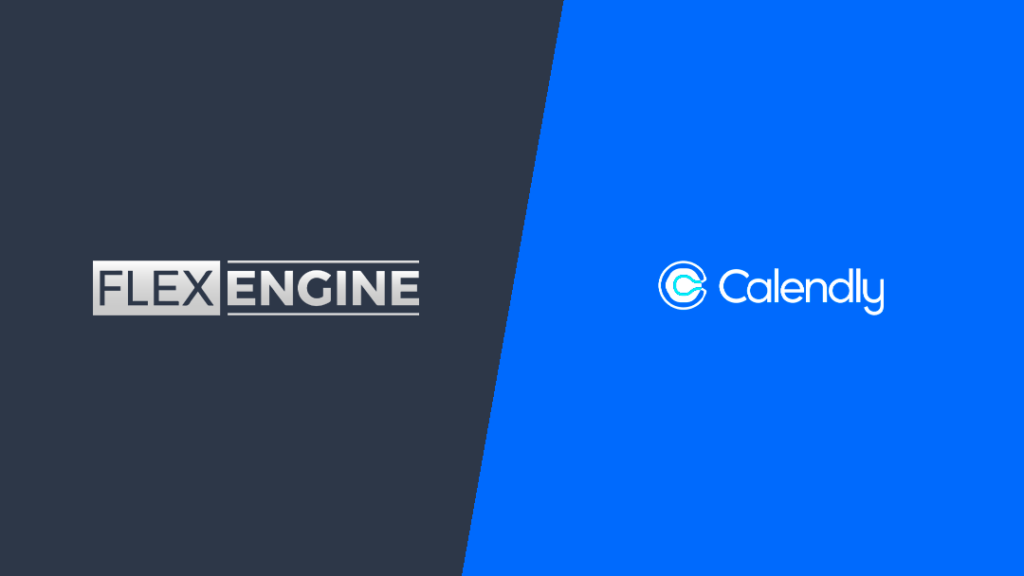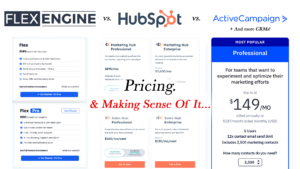In the fast-paced landscape of today’s professional world, the efficient management of time and resources is paramount. Scheduling Coworking software has become a linchpin in achieving this, with platforms like Flex Engine and Calendly standing out for their diverse capabilities. Ultimately, we seek to assist individuals and organizations in making an informed decision based on their specific needs. In today’s fast-paced and interconnected world, effective scheduling and coworking management have become essential for individuals and businesses alike. The ability to efficiently coordinate meetings, allocate resources, and optimize workspace utilization can significantly enhance productivity and collaboration.
As the demand for effective scheduling solutions continues to grow, numerous tools have emerged to simplify and streamline these processes. Two such tools, Flex Engine, and Calendly, have gained popularity for their innovative features and user-friendly interfaces. However, choosing the ideal solution for your scheduling and coworking management needs can be daunting, considering the abundance of options available in the market.
In this article, we will shed light on the key features, strengths, and potential considerations of Flex Engine and Calendly. By understanding the intricacies of each platform, we aim to provide individuals and organizations with the necessary insights to make informed decisions based on their specific requirements. Whether you’re a freelancer looking to efficiently manage your appointments or a business owner seeking to optimize your shared office spaces, read on to discover how Flex Engine and Calendly can revolutionize your scheduling and coworking management practices.
Flex Engine: The Epitome of Flexibility
Flex Engine positions itself as a beacon of adaptability in the realm of scheduling and coworking management. Its dynamic scheduling feature stands out, promising a seamless adjustment to the unpredictable nature of modern work. This is particularly advantageous for businesses with evolving needs, as Flex Engine allows for changes and modifications to be incorporated effortlessly.
One of Flex Engine’s prime strengths lies in its specialization in coworking management. Tailored for shared workspaces, the platform offers robust tools for efficiently managing resources, meeting spaces, and collaborative environments. The ability to create custom workflows adds a layer of personalization, catering to the unique requirements of diverse users.
However, it is essential to note potential considerations. The learning curve associated with Flex Engine may be a factor, especially for those unfamiliar with the extensive features it offers. While the platform is feature-rich, some users might find the abundance overwhelming, particularly if their requirements are more straightforward.
Calendly: Streamlining Team-Based Scheduling
On the other side of the spectrum, Calendly shines as a streamlined solution for scheduling across teams. Its effortless scheduling feature simplifies the booking process through shareable links, promoting a user-friendly experience. Designed with teams in mind, Calendly facilitates collaboration on meeting arrangements, ensuring a cohesive scheduling ecosystem. Gone are the days of back-and-forth emails and phone calls to schedule meetings. This innovative tool allows users to seamlessly coordinate and schedule meetings and events, all in one centralized platform.
One of the standout features of Calendly is its ability to generate shareable links. Instead of sending endless emails with date and time options, users can simply share a link that allows others to pick a slot from their available times. This streamlines the scheduling process and saves precious time for everyone involved.
Calendly Prioritizes User Experience
Offering a clean and user-friendly interface. Navigating the platform is a breeze, whether you’re setting up a meeting or responding to an invitation. The intuitive design makes it easy for team members to adapt to the tool without any extensive training or learning curves.
In addition, Calendly caters specifically to teamwork, enabling collaboration on meeting arrangements. Team members can effortlessly coordinate their schedules and avoid overlaps or double bookings. This collaboration feature ensures that everyone is on the same page and promotes a cohesive scheduling ecosystem within the team.
When it comes to team-based scheduling. Its shareable links, user-friendly interface, and collaboration capabilities make it an invaluable tool for any organization. Say goodbye to scheduling headaches and hello to streamlined, efficient team scheduling with Calendly.
However, Calendly’s primary focus remains on scheduling, and its coworking management features may not be as extensive as those offered by specialized coworking platforms.
Choosing the Perfect Fit: Flex Engine vs. Calendly
If adaptability and coworking management are paramount, Flex Engine emerges as a strong contender. Its dynamic scheduling and focus on shared workspaces make it an ideal choice for businesses navigating the intricacies of collaborative environments. With the rise of remote work and the increasing need for flexible office spaces, finding the perfect fit for your business can be a daunting task. Enter Flex Engine, a groundbreaking solution that is revolutionizing the way companies approach their workspace needs.
Flex Engine vs. Calendly: The Perfect Choice for Coworking Management Software and Scheduling
One of the standout features of Flex Engine is its dynamic scheduling capabilities. Gone are the days of rigid schedules and fixed workstations. With Flex Engine, employees can choose when and where they work, allowing for a more balanced and productive environment. This flexibility is particularly important for businesses with team members spread across different time zones or those who simply thrive in non-traditional work hours.
In addition to its scheduling prowess, Flex Engine also places a strong emphasis on shared workspaces. Collaboration is the name of the game in today’s business world, and Flex Engine understands that. By providing communal areas that foster creativity and teamwork, businesses can reap the benefits of a more cohesive and innovative workforce.
So, whether you’re a startup looking for a cost-effective solution or an established corporation seeking to adapt to the changing needs of your workforce, Flex Engine is certainly worth considering. Its dynamic scheduling and focus on shared workspaces make it an ideal choice for businesses navigating the intricacies of collaborative environments. With Flex Engine, finding the perfect fit for your company has never been easier.
The battle between Flex Engine vs Calendly necessitates a careful consideration of organizational workflows, priorities, and the learning curve that users are comfortable with. Both platforms bring unique strengths to the table, making them valuable assets in the realm of scheduling and coworking management. As organizations continue to evolve, selecting the right solution becomes a strategic decision that can significantly impact productivity and collaboration.





